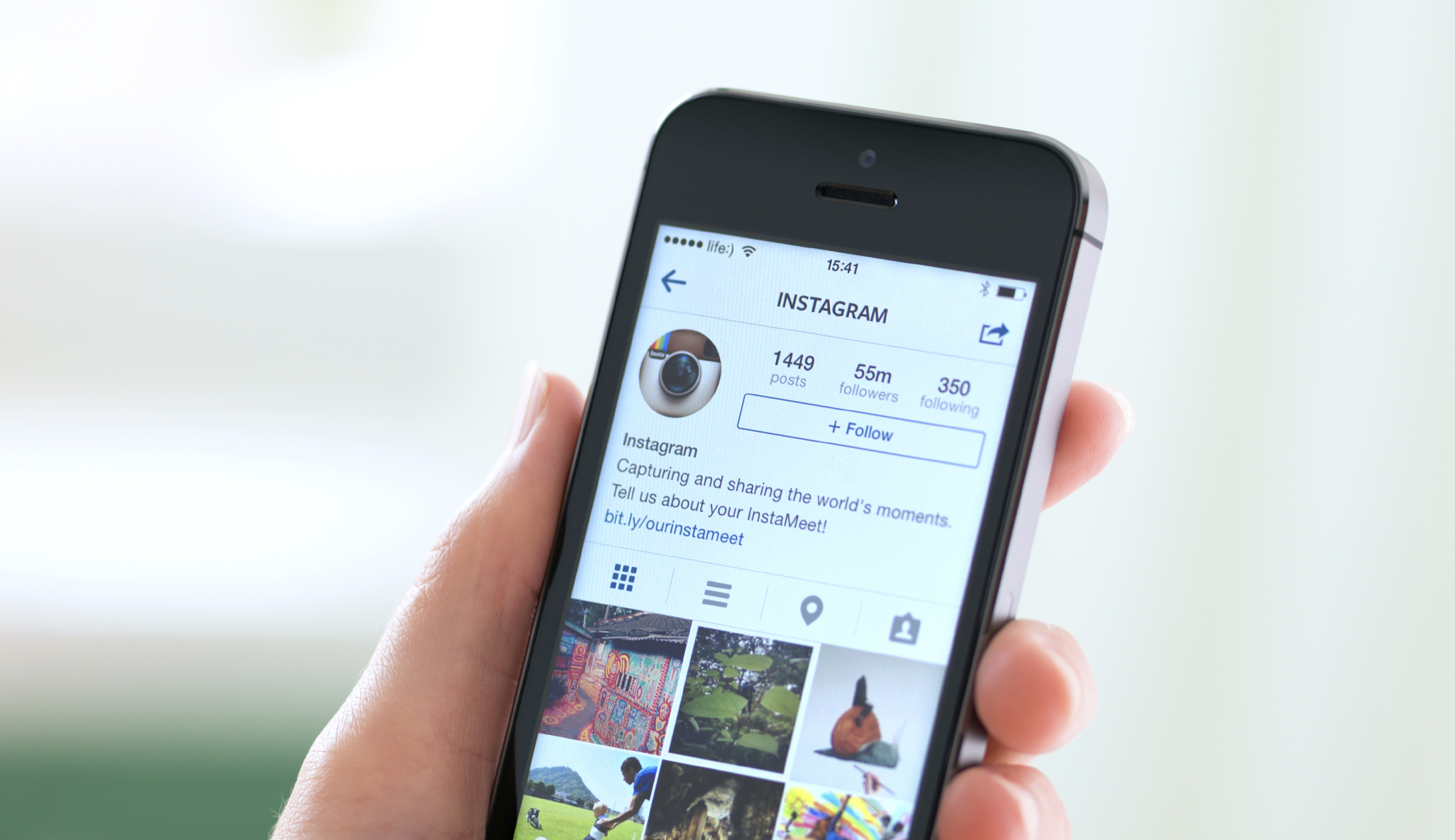What Happened
On Wednesday, xAd, a New York-based mobile ad tech company, unveiled MarketPlace Discovery, a new location intelligence platform that tracks foot traffic to brick-and-mortar stores. Powered by the anonymized foot traffic data that xAd collects from its network of over a hundred thousand mobile apps and its proprietary Blueprints technology that charts the geo-boundaries of nearly a hundred million store locations, this platform enables brick-and-mortar businesses, especially retailers and chain restaurants, to see not only the foot traffic pattern of their own stores, but also that of their competitors. Users will also be able to see where their customers were prior to their store visit, helping them better understand the consumer journey and geographic distribution. The platform, currently in beta, is free to use and available to the public with a “more comprehensive version” planned for launch later this year.
What Brands Need To Do
The advances in smartphone adoption and location-based mobile ad tech have enabled brick-and-mortar stores to track the volume and sources of their visitors, just like what a digital shop can do with Google Analytics, in order to better understand customer behavior. This new location intelligence platform from xAd can be a great tool for brands with physical stores to gain some valuable insights on a number of things, such as how they measure up to their competitors in terms of store visits, how they can better serve their customers by anticipating the ebb and flow of store traffic, and where they should target their outdoor campaigns based on where customers are coming from.
Source: StreetFight





